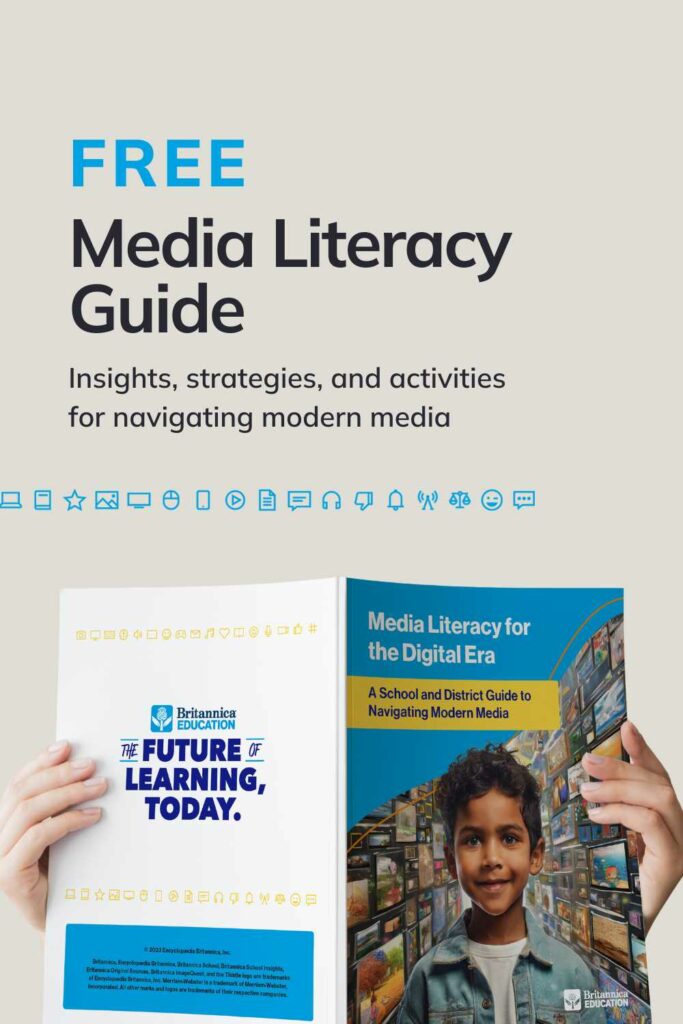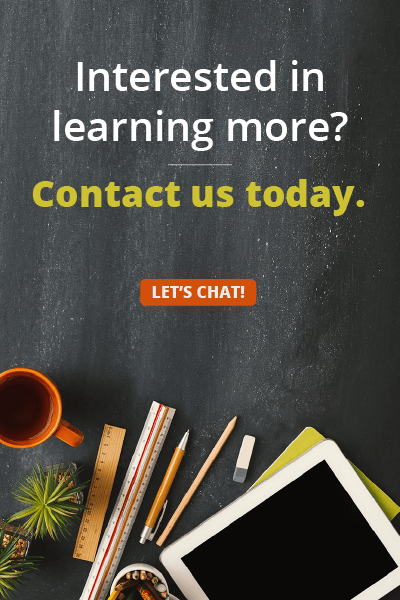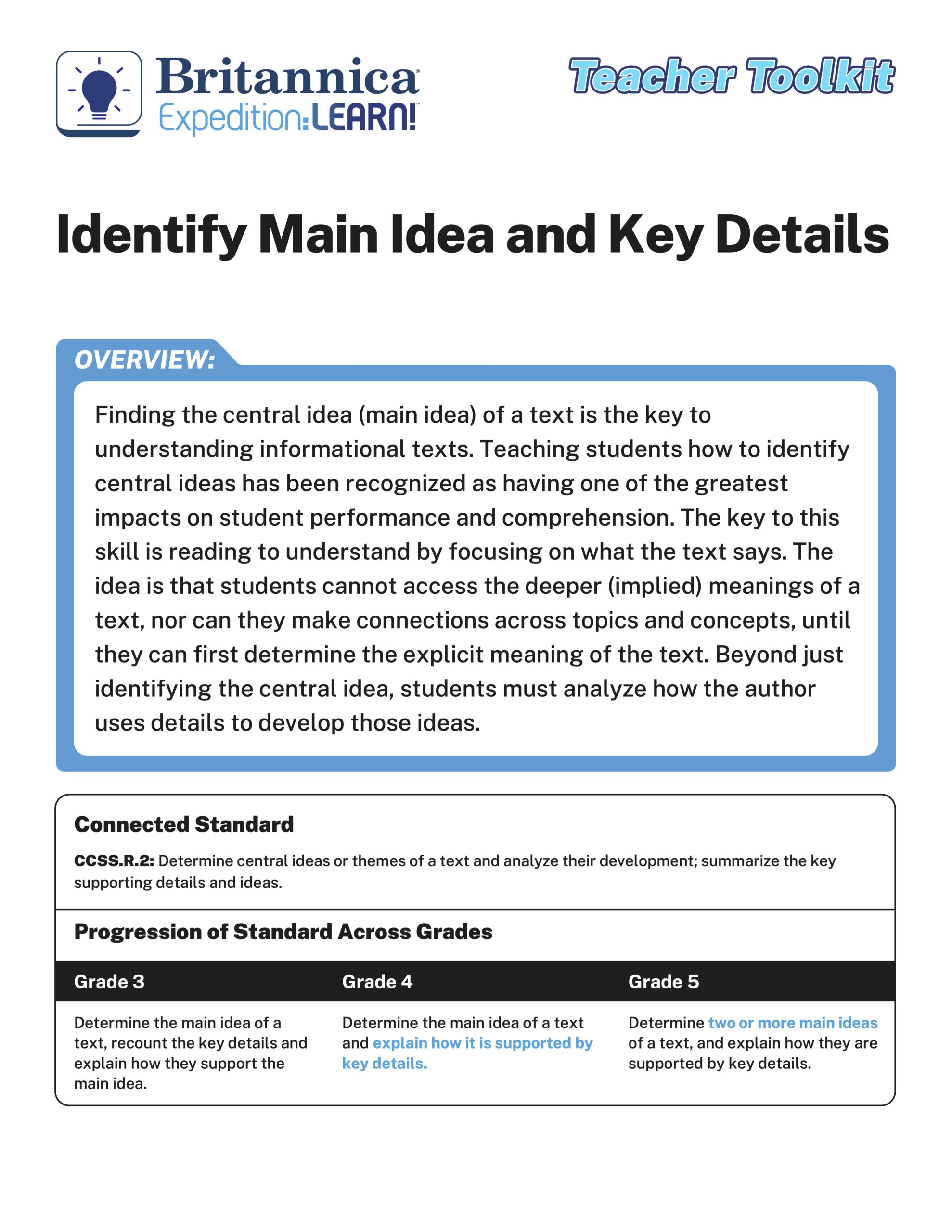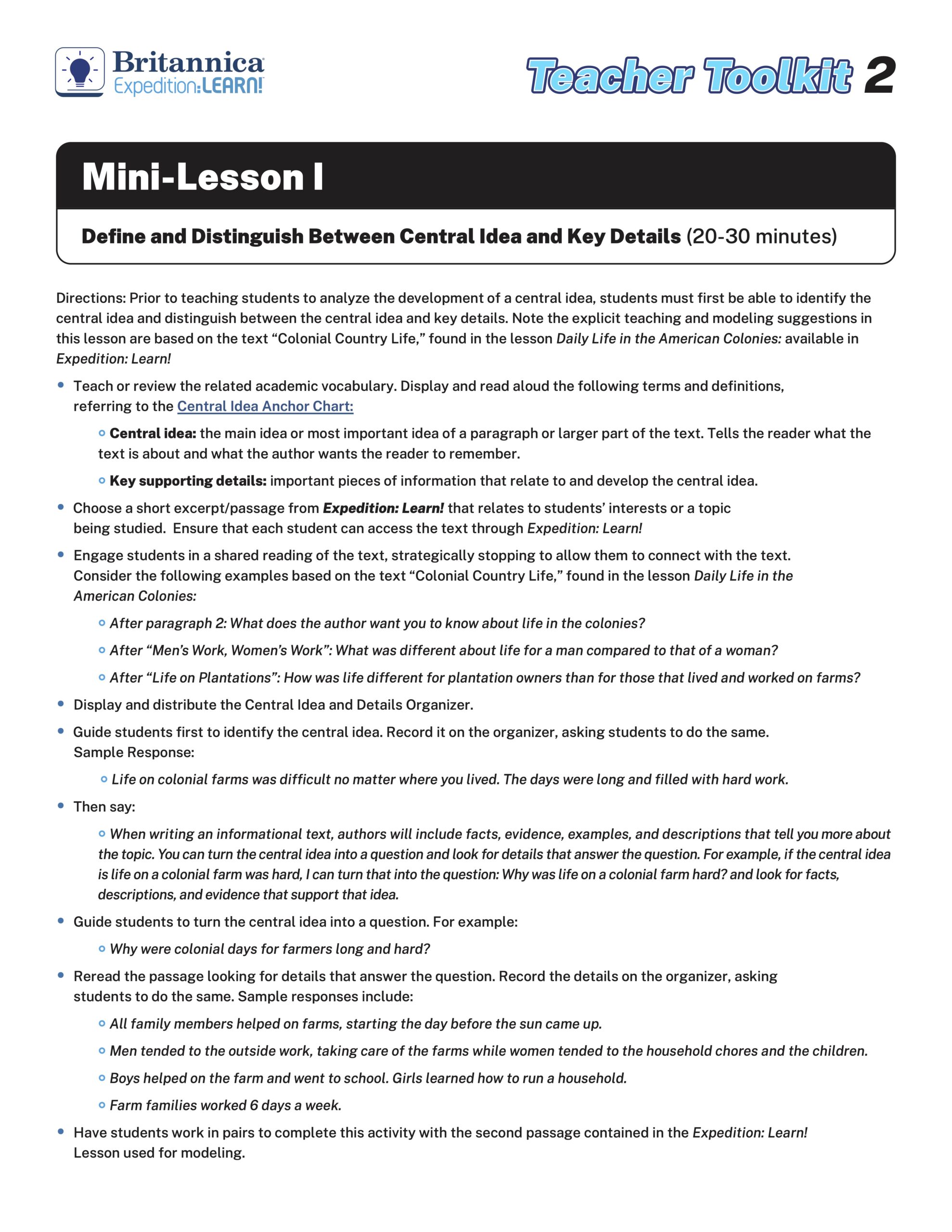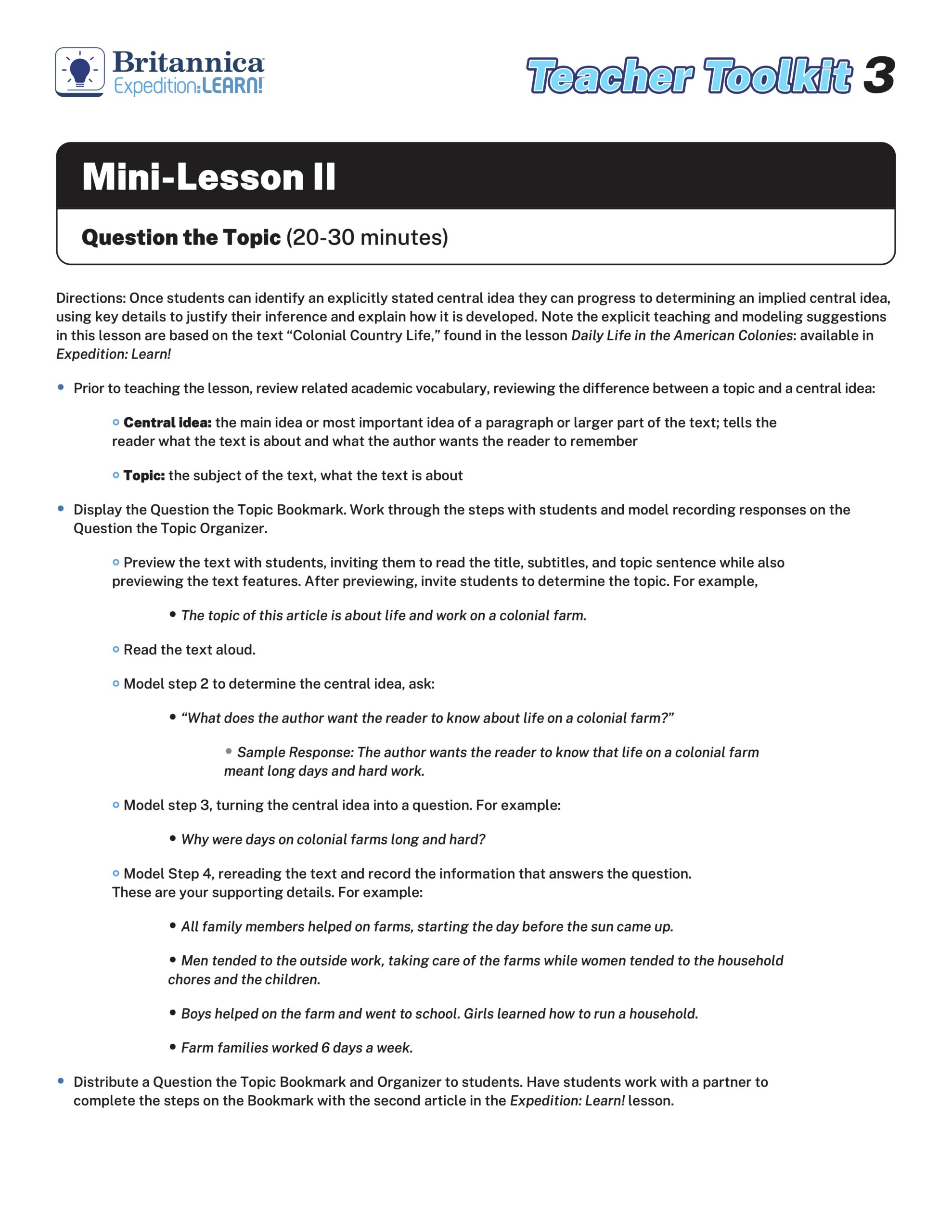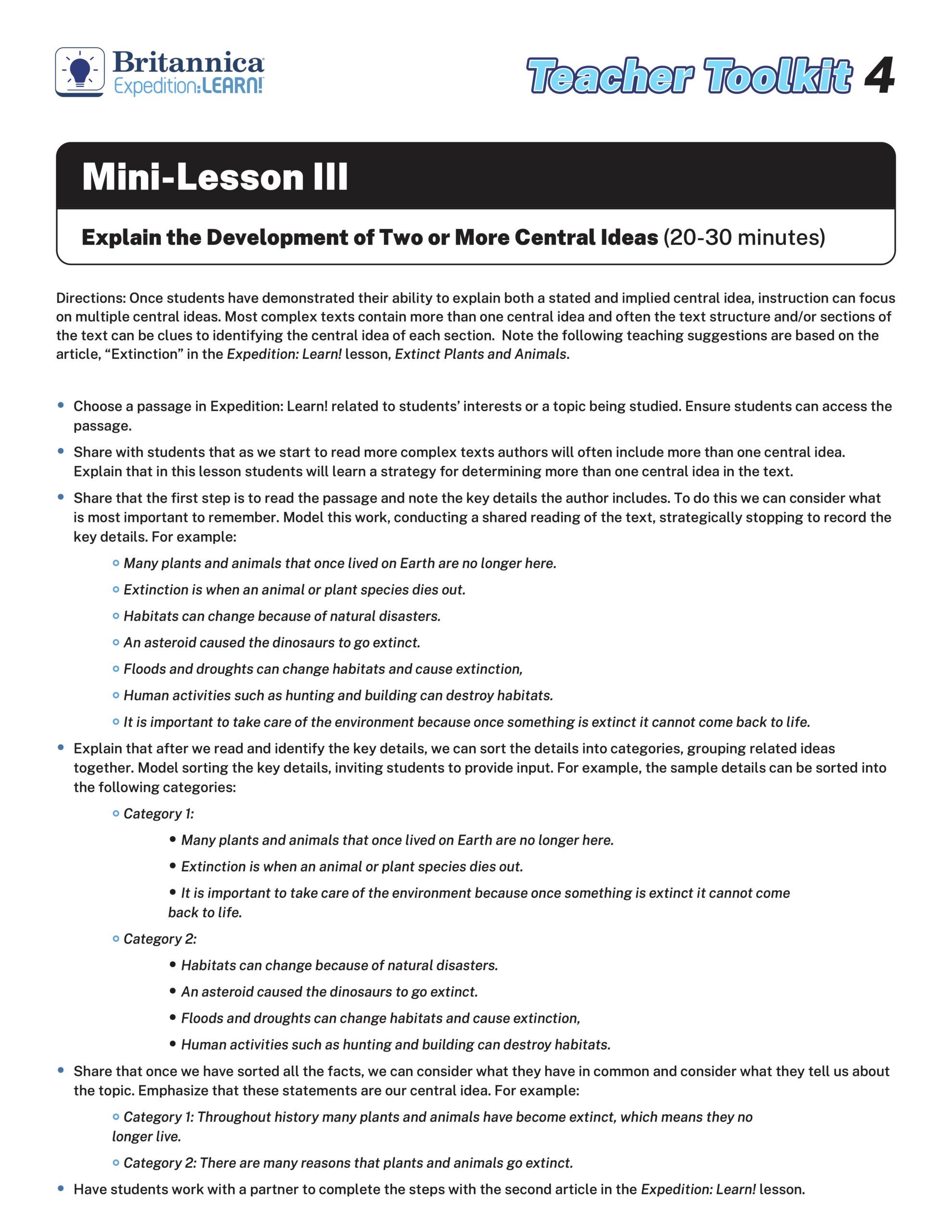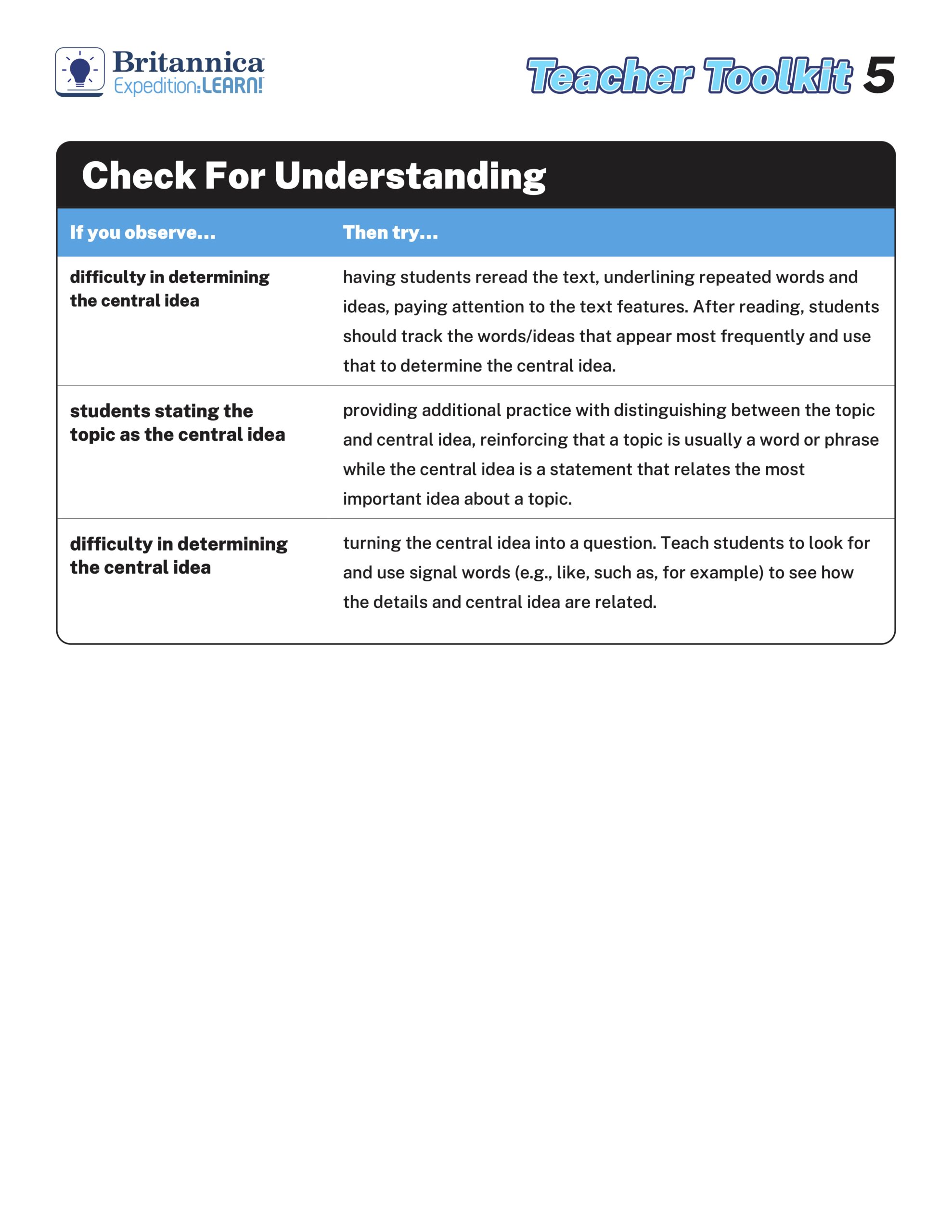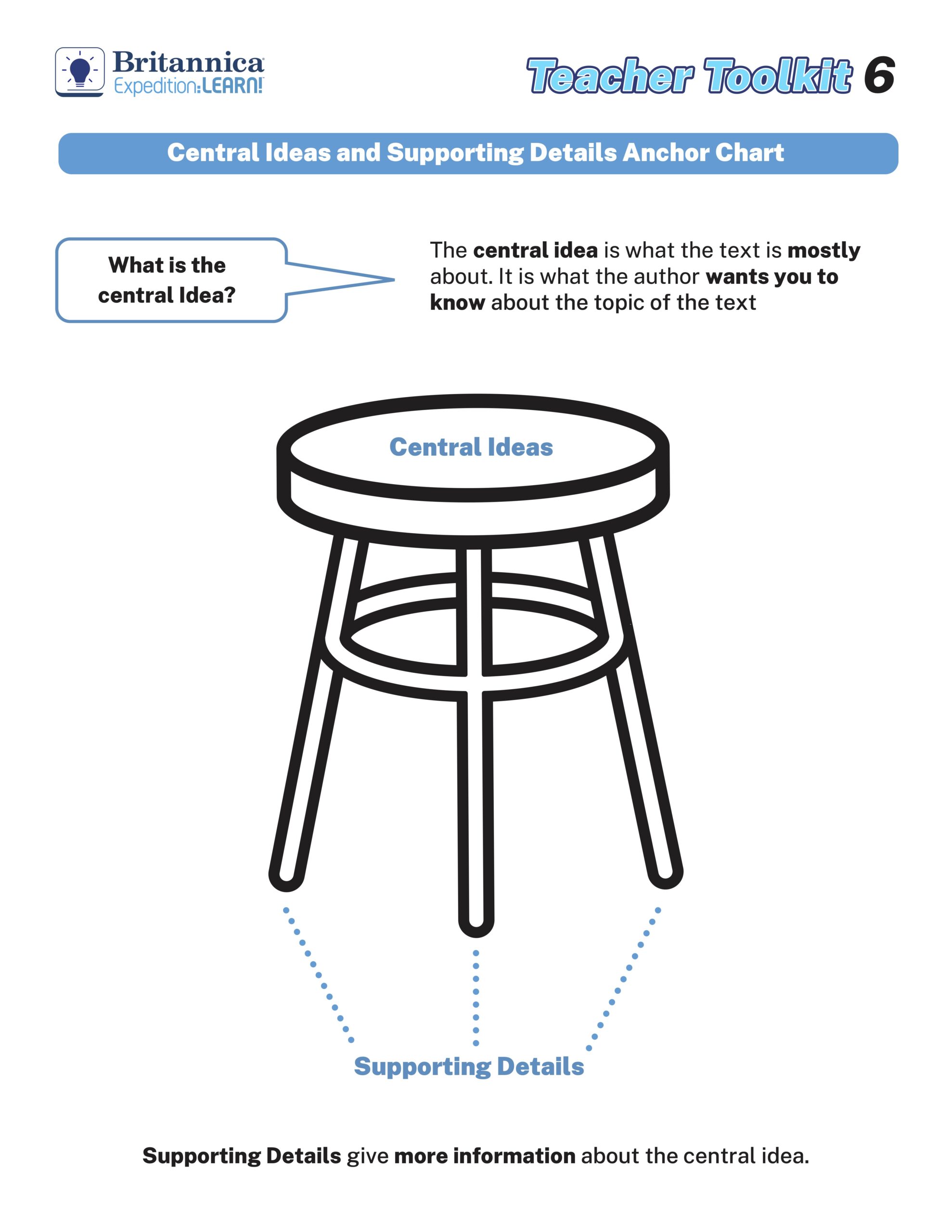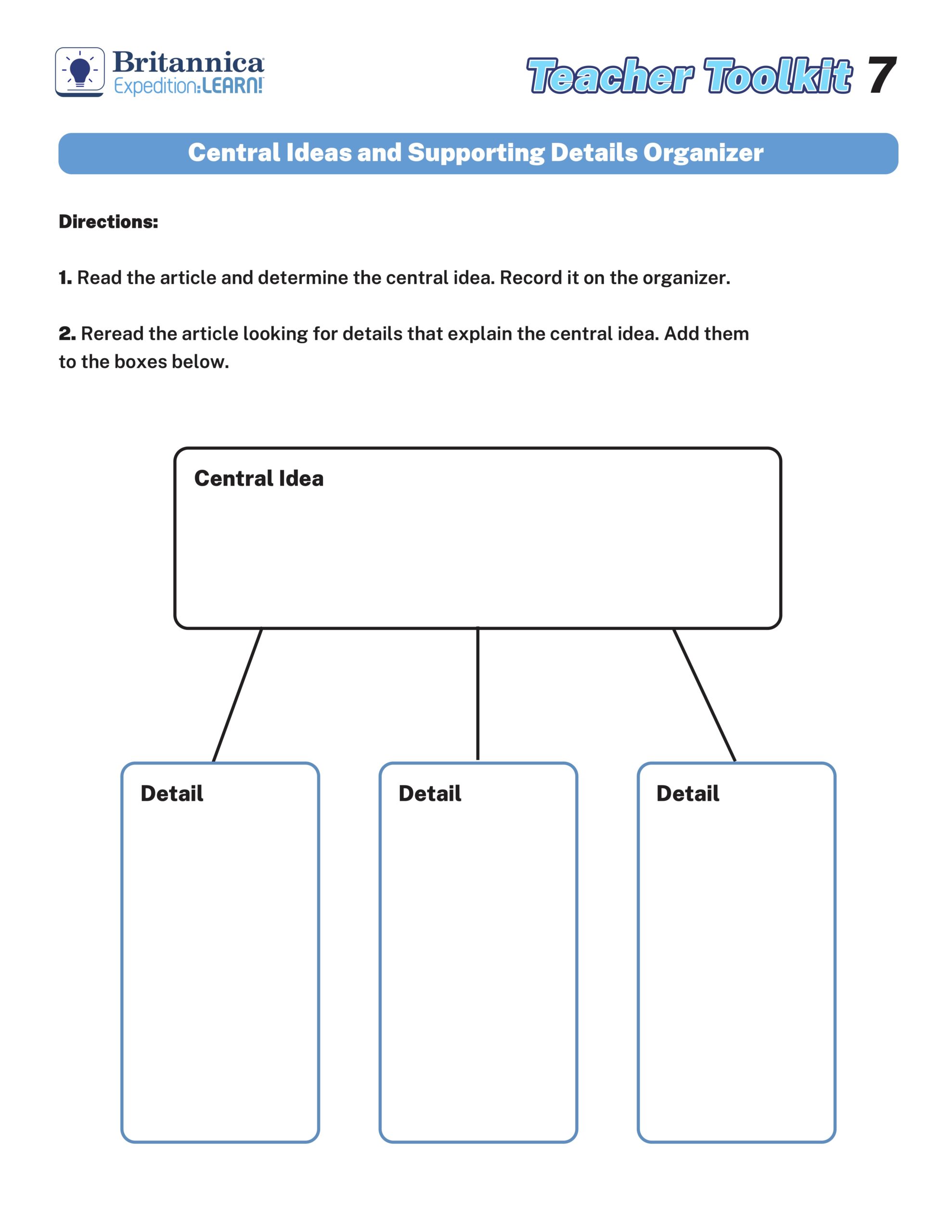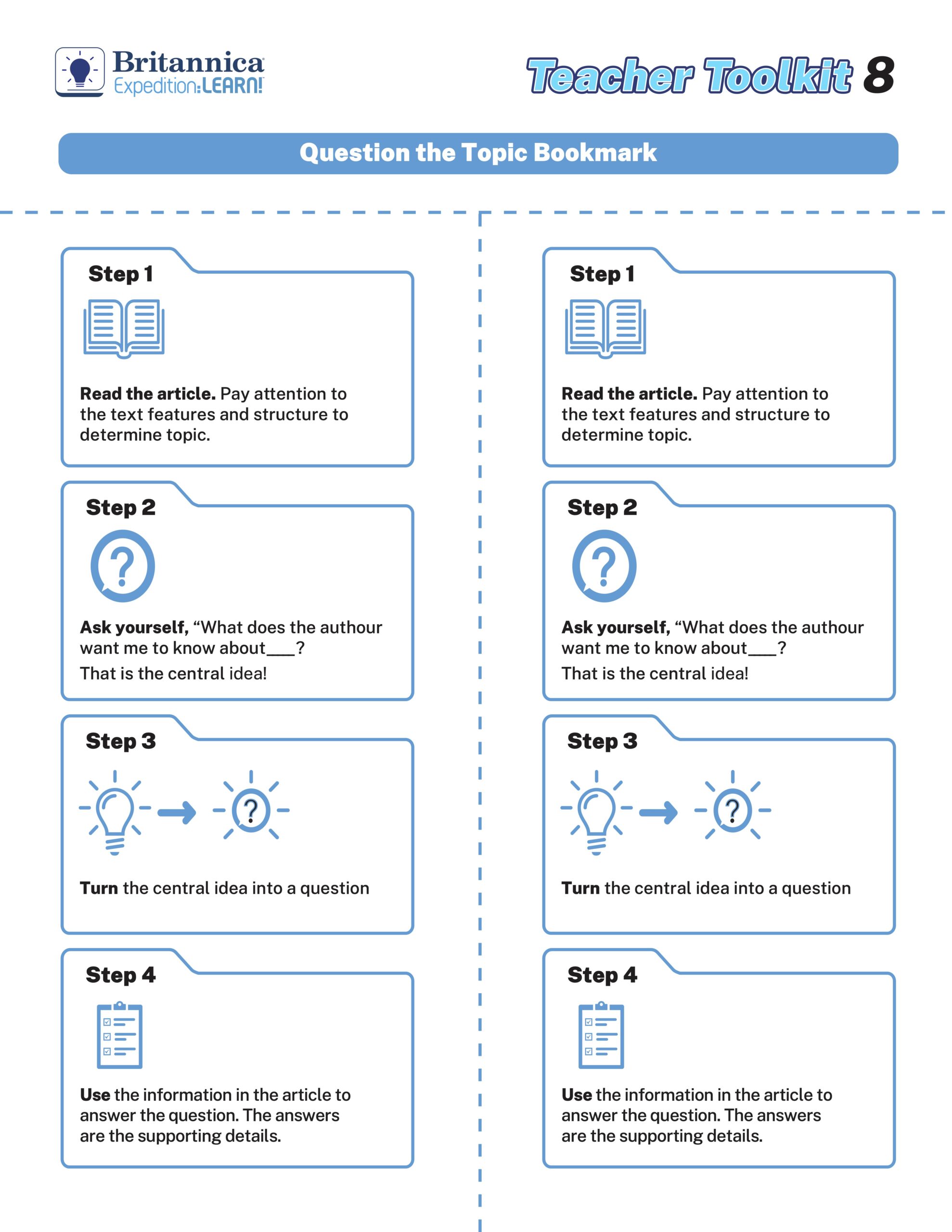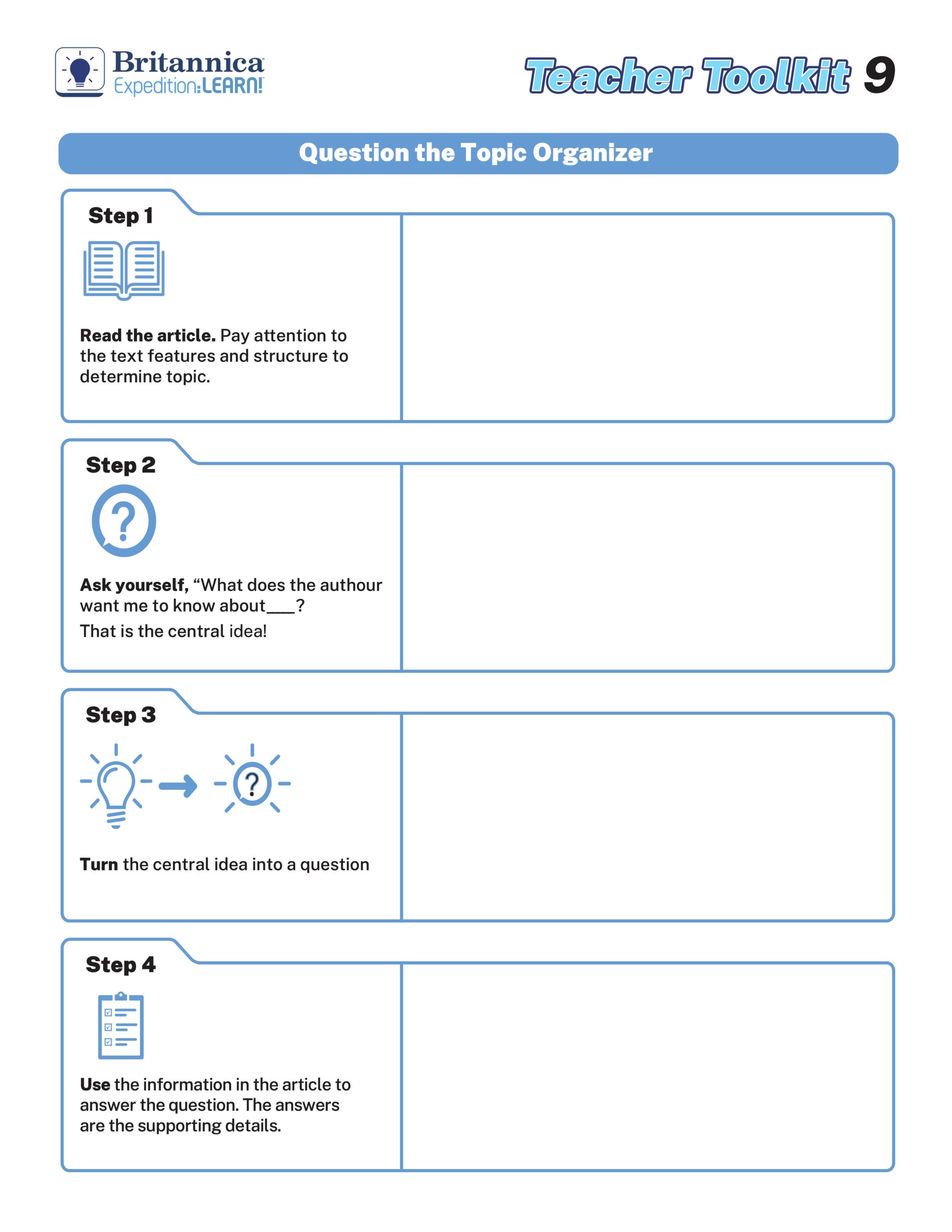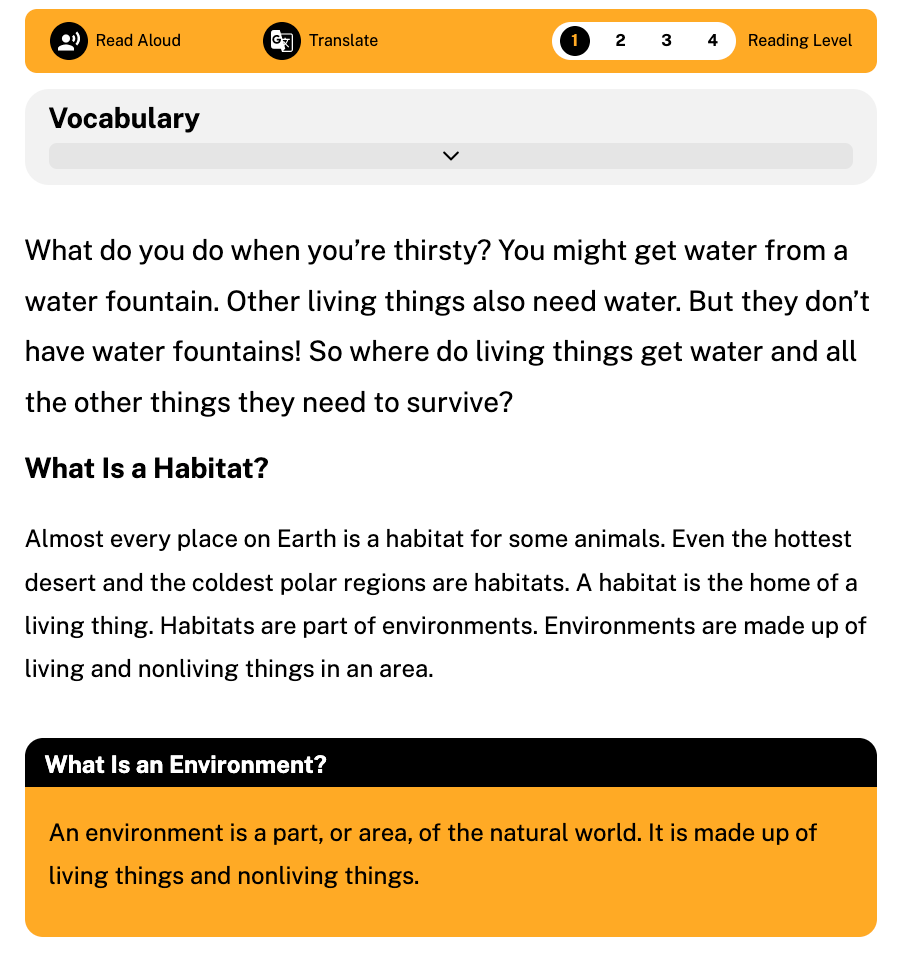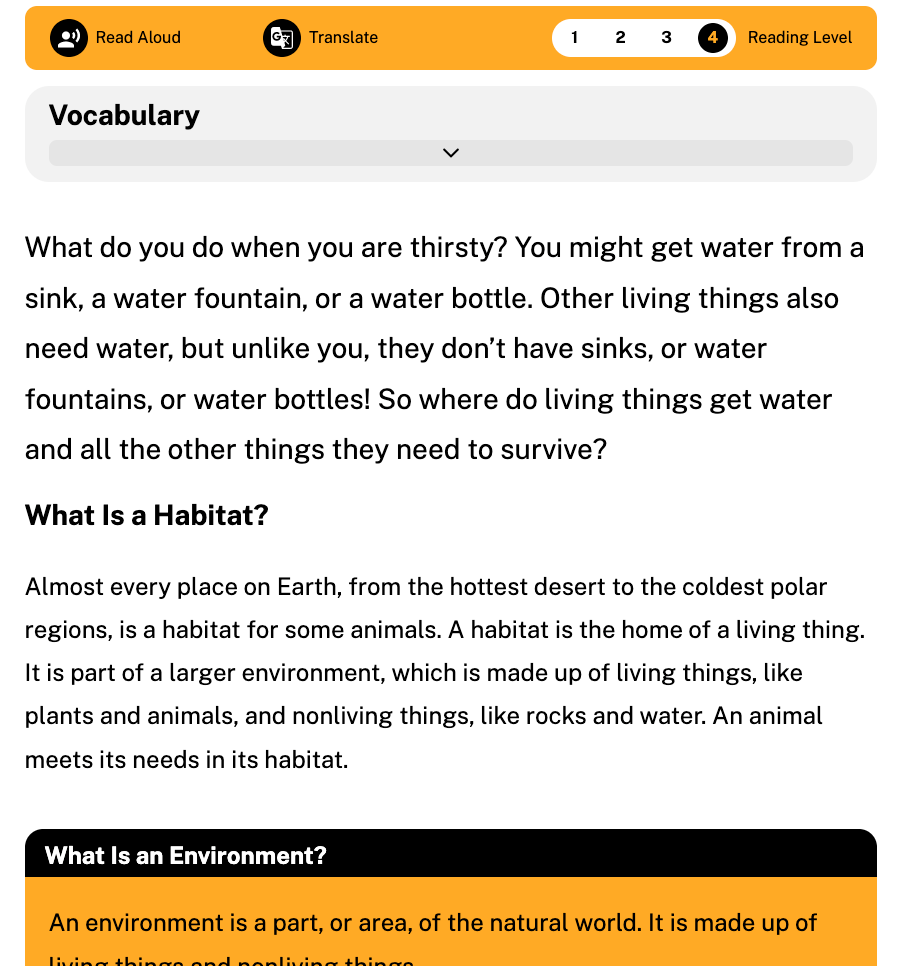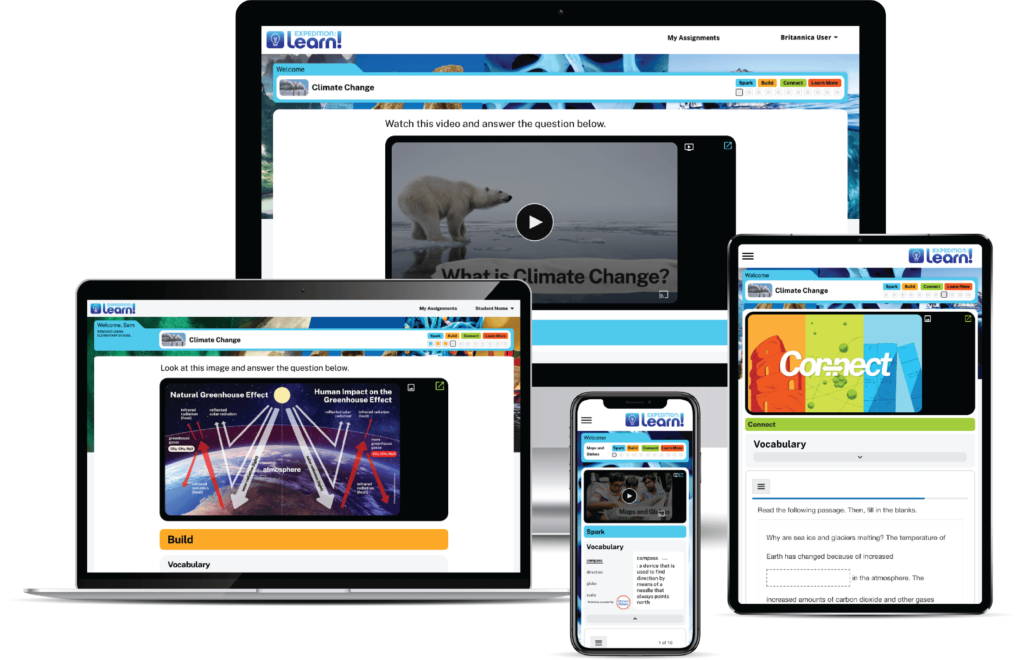Integrating SEL skills and competencies throughout student learning experiences—rather than in isolation—is the most effective way to meet both academic and SEL goals. Practicing SEL competencies in a variety of classroom settings helps students make connections and apply those skills in everyday experiences.
Let’s take a look at integrating the Relationship Skills competency into a Social Studies lesson.
Navigating a Social Studies lesson that integrates SEL: Relationship Skills
In many ways, Social Studies is an ideal subject area in which to integrate Relationship Skills. We suggest a simple four-step process:
- First, identify and explain the SEL competency you’ll focus on in the lesson, in this case Relationship Skills.
- Identify and explain your lesson topic.
- Identify your lesson objectives.
- Create a fun and engaging activity that encourages students to ask questions in a group setting and to think critically about making connections with the sources used (e.g., images).
Identify and Explain that Relationship Skills is the SEL Competency You Will Focus On
For this lesson, the SEL focus is Relationship Skills. Being explicit about the SEL competencies and skills you’re integrating helps students understand your objectives. Start by telling students you’ll be focusing on the ability to establish and maintain healthy and supportive relationships. Also, explain that Relationship Skills help us effectively navigate settings with diverse individuals and groups. It also helps reinforce the idea of classroom community and the responsibilities students have to one another as they deal with challenges and work together toward common goals.
Identify the Relationship Skills Lesson Topic
Global issues like poverty, immigration, and climate change are ideal topics for lessons integrating Relationship Skills. More than ever, students encounter issues that affect them, their community, and the world around them both directly and indirectly. Building a lesson around global issues reinforces the importance of collaboration and respect for the views of others in a given community. Addressing these topics through the lens of Relationship Skills also helps prepare students with the skills and knowledge required to effectively navigate these issues in the future.
Identify Lesson Objectives
These objectives build on students’ knowledge while integrating SEL skills relevant to the lesson topic.
- Demonstrate the ability to actively listen and understand multiple perspectives in a group setting.
- Work collaboratively to problem solve and share and discuss different events, thoughts and ideas.
- Draw evidence from images, and refer to details and real-life examples to support analysis, reflection, and opinions.
- Make inferences from images when discussing and exchanging ideas in a group.
- Strengthen teamwork and relationship skills.
Create Fun and Engaging SEL Activities
Building Media Literacy Skills Activities
High-quality images are particularly effective in Social Studies lessons. Resources like ImageQuest—with millions of rights-cleared images—spark meaningful discussions, while also strengthening students’ Media Literacy skills.
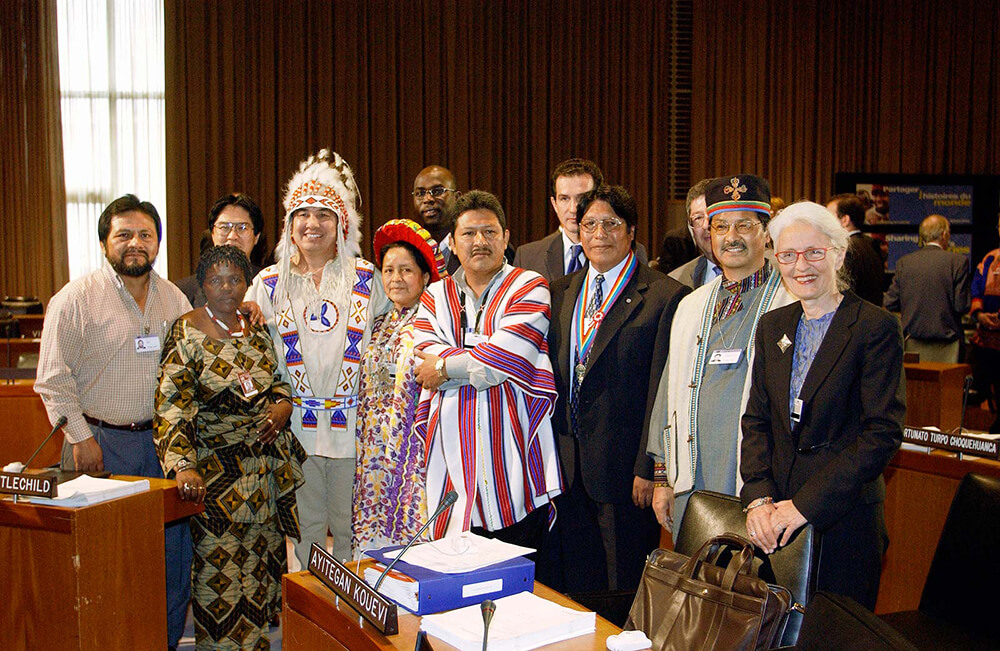
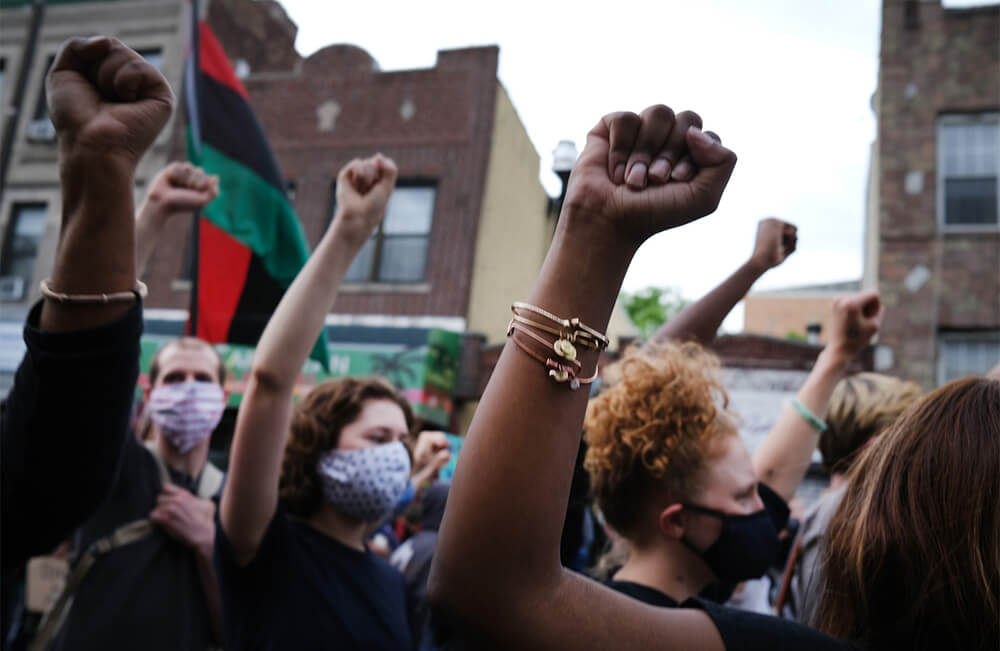
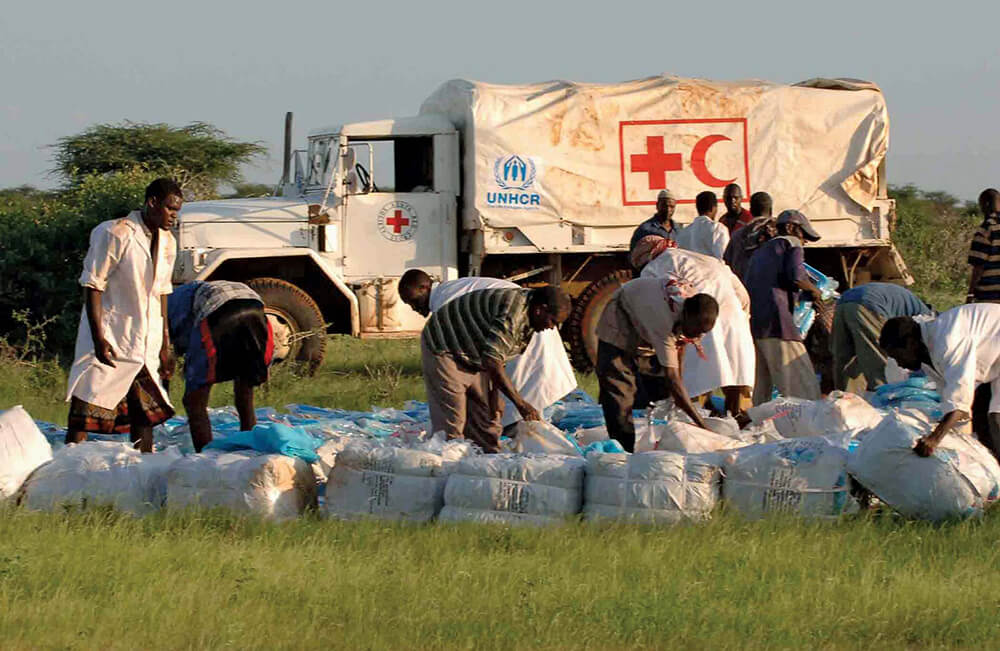

Keep students engaged with fun activities that encourage asking questions in a group setting and thinking critically about making connections with the sources used (e.g., images). This reinforces the importance of teamwork and positive communication skills, both of which are important aspects of the competency you’re teaching. This sample activity encourages community building through the exchange of personal ideas and perspectives and also fosters relationship-building skills.
Community-Building Activities
- Create thought-provoking questions that encourage students to identify any gaps the images present, such as “Whose perspective is this image from?” or “Are any groups excluded?”
- In small groups, have students discuss the following questions:
- What do all these images share in common?
- Have you ever joined forces with a team of people to partake in a common cause, such as raising money for a cause, playing a sport together, creating something, or designing a project?
- “There is power in groups of people coming together collectively, for a common cause.” Discuss whether you agree or disagree with this statement, providing reasons why or why not.
- Share a time that you have come together collectively with a group of people. Describe the purpose of coming together and what was achieved. Could this event have been completed by just one person? Explain your answer.
- Have students brainstorm a few issues they care about. Then direct them to come to a consensus on a single issue to focus on.
- Give students time to create and present a short video together that expresses their thoughts, ideas, and perspectives on the issue.
What Your Kids Will Walk Away With
Here are some positive outcomes for integrating SEL into academic instruction. The SEL competencies:
- Connect students to others’ stories and perspectives through text, images, and media
- Encourage student voice: provide a platform for students to share their ideas, perspectives, and stories with their peers and the world around them
- Encourage inquiry, analysis, research, and critical thinking skills (cross-disciplinary)
- Give students skills to successfully interact with each other
- Establish and maintain positive relationships
- Help students develop positive attitudes and beliefs about self, others, and school
- Encourage students to feel and show empathy
- Help students understand and manage their emotions
- Encourage students to set and achieve positive goals
How Britannica Integrates SEL Into Their Products
Integrating SEL into academics is extremely impactful for students and considers the whole child during instruction. At Britannica, we ensure our products and services integrate the needs of educators as well as the students they serve. Our team of curriculum experts is always updating our resources. For more information on our products and access to free resources, please visit our SEL support page.
Continue our SEL competencies series by learning about Self-Awareness.
For these activities and more, download our FREE SEL Activities Guide

